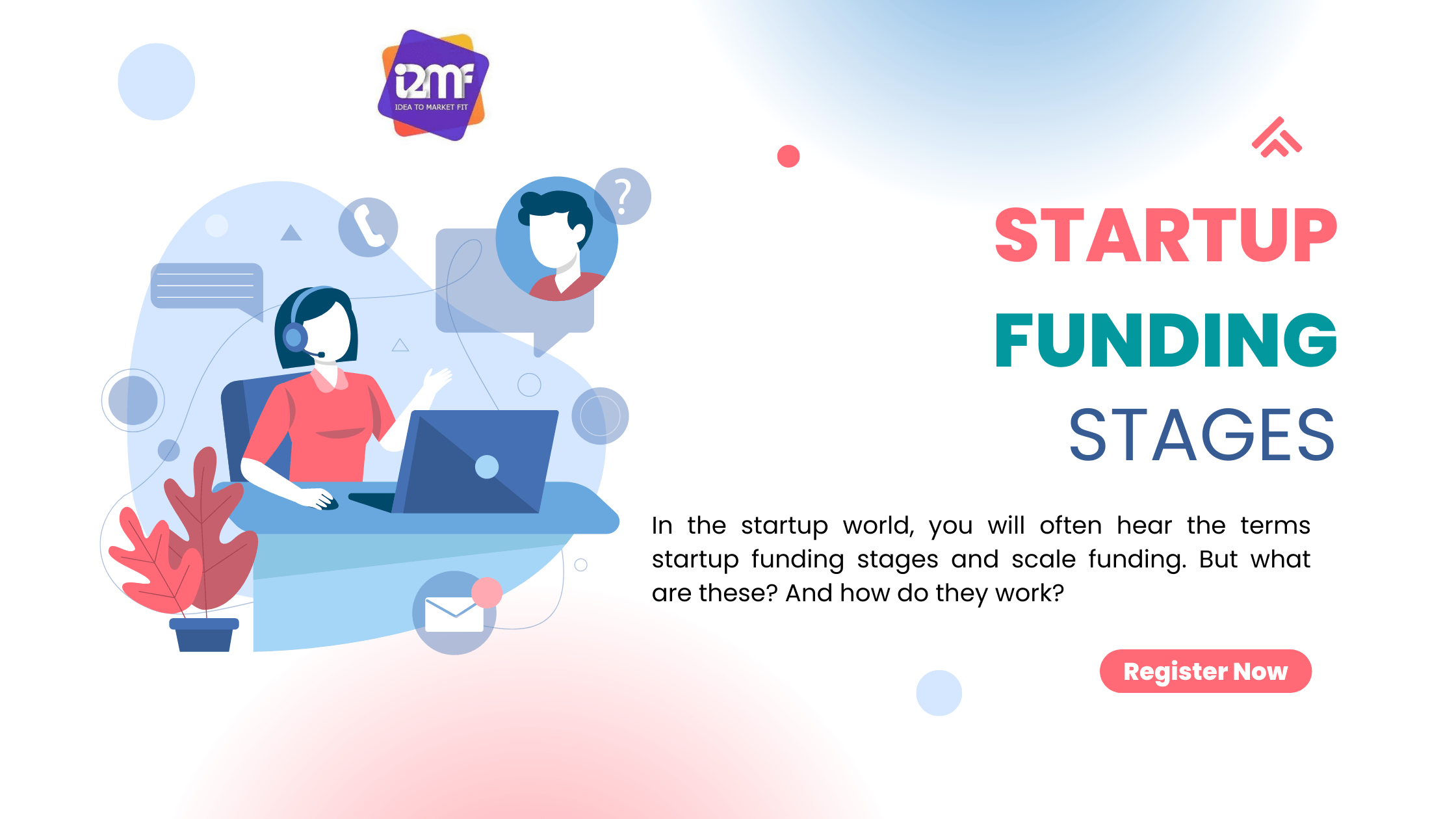In the startup world, you will often hear the terms startup funding stages and scale funding. But what are these? And how do they work? These are startup funding stages, and depending on where your business is in its lifecycle, one of these may be more helpful to you than another. Here is an overview of each type of startup funding and which stage it might be best suited for.
What decides which startups to invest in?
There are several factors that breweries and venture capitalists take into consideration when deciding whether or not to invest in a startup. These include the company’s growth potential, financial stability, and market trend. Often, these factors will overlap, but there are also times when they will be opposed.
The most important thing for startup investors is to understand these distinctions to make the best decisions for their businesses.
Factors that influence startup funding institutions’ decisions
Factors that influence startup funding institutions’ decisions include the type of venture capital (venture capital rounds, seed money, etc.), the amount of investment, and the stage of the company. Venture capital rounds were more likely to come from more considerable funds and are more in line with what is typically seen in late-stage companies. Seed money was also more likely to come from more prominent investors and is usually associated with early-stage companies.
Seed Funding
Seed funding for startups is typically the first round of funding that startups raise. After getting this initial funding, the company is considered in a position of infancy and may not yet have its full product developed or any customers. If the company’s product or service takes off after receiving seed funding, it can then go back and raise additional rounds of financing, which are called Series A and Series B.
Understanding Common Seed Term Sheets
A term sheet is a non-binding document that outlines the terms of a proposed investment in exchange for equity or debt. The offer will include the company’s valuation, security type, and liquidation preferences. It should also cover vesting periods and what happens if an investor wants to exit early. Both parties can sign this as a heads-up agreement, so it does not lock either party into anything without more negotiations.
Series A: What it is and why you should know
Series A funding is typically the first round of institutional funding that a startup will raise. It usually ranges from $1 million to $10 million, which shows that the startup has demonstrated some success and growth potential.
Typically, startups will use this money in various ways—to build their team, expand their product offerings, develop new features, or pay off debt. Most importantly, they will use it to fuel growth and remain in business.
Series A investors are usually super angels with capital and expertise; these people can help the startup grow its user base or generate revenue more quickly than it might be able to on its own.
To Conclude
Startup funding stages vary depending on the company’s needs and goals. From seed to scale, there are several different paths a startup can take. By understanding these stages and their requirements, startups can make the most of their funding opportunities and reach their full potential. For more details, visit our website idea to market-fit.
Read more about I2MF


